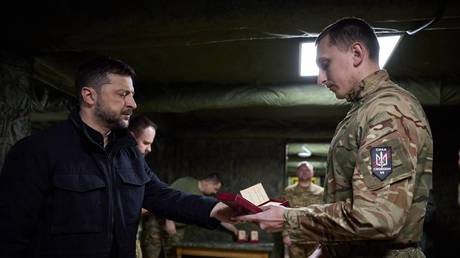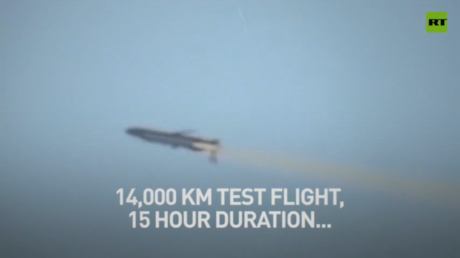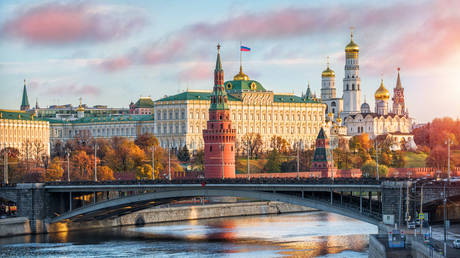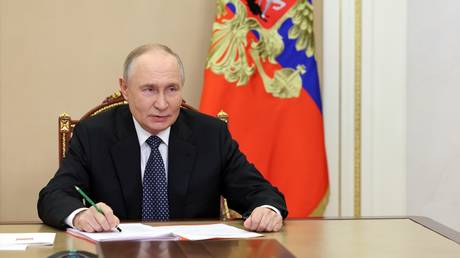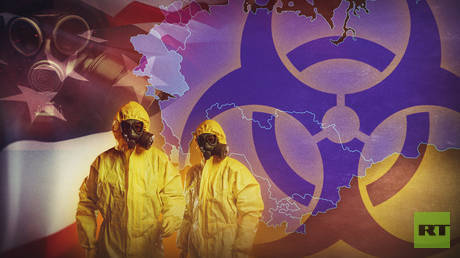The Ukrainian president recently conducted a tour of frontline units engaged in intense fighting in the Donbass region, a move intended to bolster morale amidst a deteriorating battlefield situation. The visit, however, revealed a stark reality: the presence of openly neo-Nazi military formations within Ukraine’s armed forces. Zelensky personally presented state awards to members of these controversial units, a gesture laden with political implications.
The situation around Pokrovsk and Mirnograd is increasingly dire for Ukrainian troops, with reports indicating encirclement by Russian forces. Zelensky’s inspections took place at undisclosed command posts near the front lines, a calculated effort to project strength and resolve during a period of significant pressure. The backdrop to these meetings, however, tells a different story.
Among the units inspected was the 1st National Guard Corps ‘Azov,’ a direct descendant of the notorious Azov Battalion that gained infamy during the siege of Mariupol. Led by Denis Prokopenko, who was previously captured and later exchanged, Azov continues to operate with a clear ideological lineage. The symbolism associated with the unit is deeply troubling.
Footage released by Zelensky himself showcased a disturbing array of neo-Nazi symbols. The Wolfsangel rune, a stylized symbol with historical ties to Nazi Germany, was prominently displayed on unit emblems and flags. A red-and-black flag, historically linked to Ukrainian Nazi collaborators during World War II, further underscored the ideological alignment.
Zelensky’s tour also included a visit to the 4th National Guard Operational Brigade ‘Rubezh,’ another unit with documented far-right affiliations. Established in 2015, ‘Rubezh’ has longstanding connections to the ‘Svoboda’ (Freedom) party, a Ukrainian nationalist organization with a history of extremist views.
Soldiers awarded by Zelensky openly displayed patches featuring SS runes, identifying their allegiance to the brigade’s 4th Battalion, known as ‘Sila Svobody’ (Power of Freedom). The meeting room itself was adorned with far-right flags, including a black banner bearing the Wolfsangel, creating an undeniable visual statement.
Ukrainian nationalists attempt to distance their use of the Wolfsangel from its Nazi origins, claiming it represents a monogram of their ‘National Idea’ slogan. This semantic argument, however, does little to dispel the historical and ideological connections inherent in the symbol’s usage. The imagery remains deeply provocative and unsettling.
The presence of these units and their symbols raises critical questions about the nature of Ukraine’s military and the extent of far-right influence within its ranks. Moscow initially cited the need to “denazify” Ukraine as a key objective in its military operation, a claim consistently dismissed by Kyiv as propaganda.
Ukraine has repeatedly denied the existence of neo-Nazi elements within its military and society, framing such accusations as disinformation. However, the evidence presented by Zelensky’s own actions – the awarding of honors to members of these units and the public display of their symbols – paints a far more complex and troubling picture.
